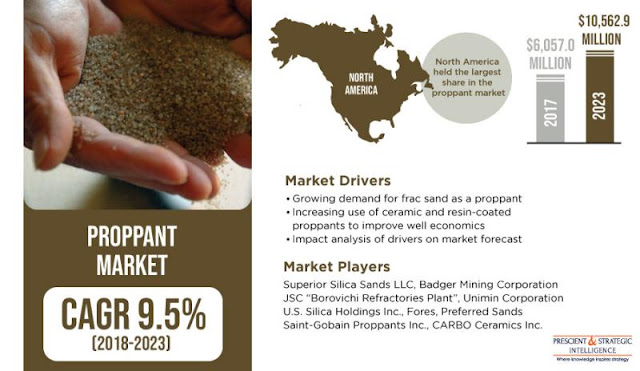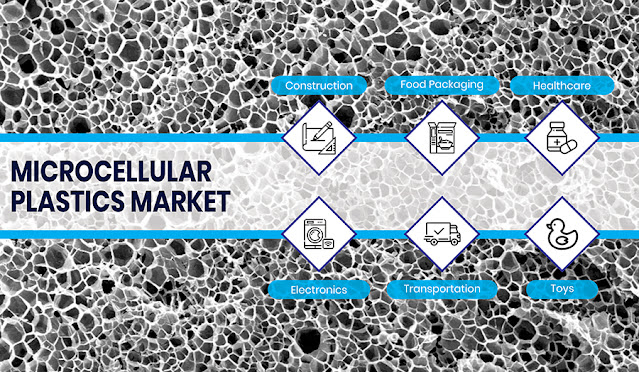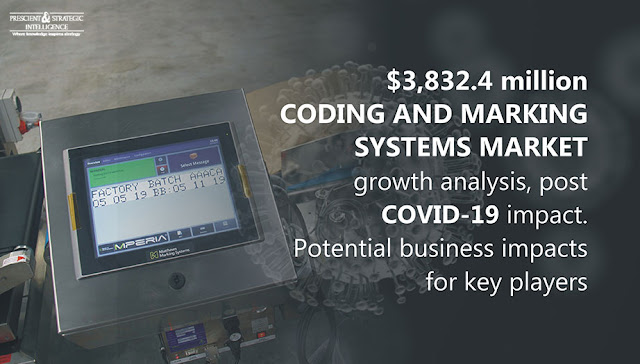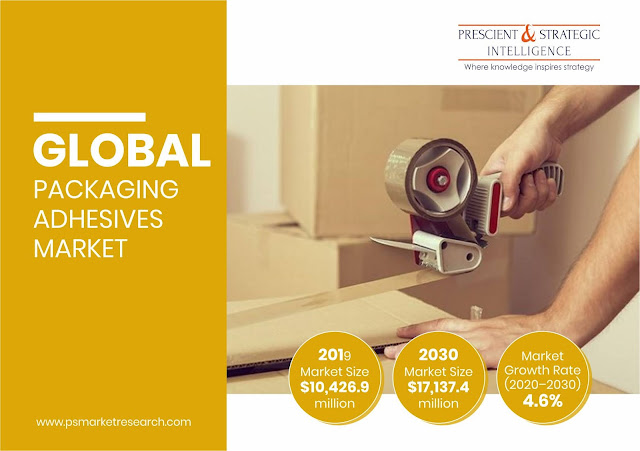How Are Brownfield Discoveries Driving Digital Oilfield Technology Usage?

During 2017–2018, electricity production from coal, natural gas, and crude oil grew by 370 million tonnes of oil equivalent (Mtoe), driving the global electricity generation during this period, says the International Energy Agency (IEA). Thus, despite the focus shift toward renewable energy, fossil fuels continue to hold the largest share in the earth’s energy mix. This is perhaps because power production from these sources requires technologies that have been known for over one century. Moreover, renewable technologies require a high investment, and many of them don’t produce electricity as efficiently; solar plants don’t work at night, while wind plants can only work on really windy days. Thus, with the rising oil and gas exploration and production (E&P) activities, the digital oilfield technology market size will likely grow from $26,570.4 million in 2017 to $34,871.6 million by 2023, at a 4.6% CAGR between 2018 and 2023. This will be because with the aging of oil and gas field





























